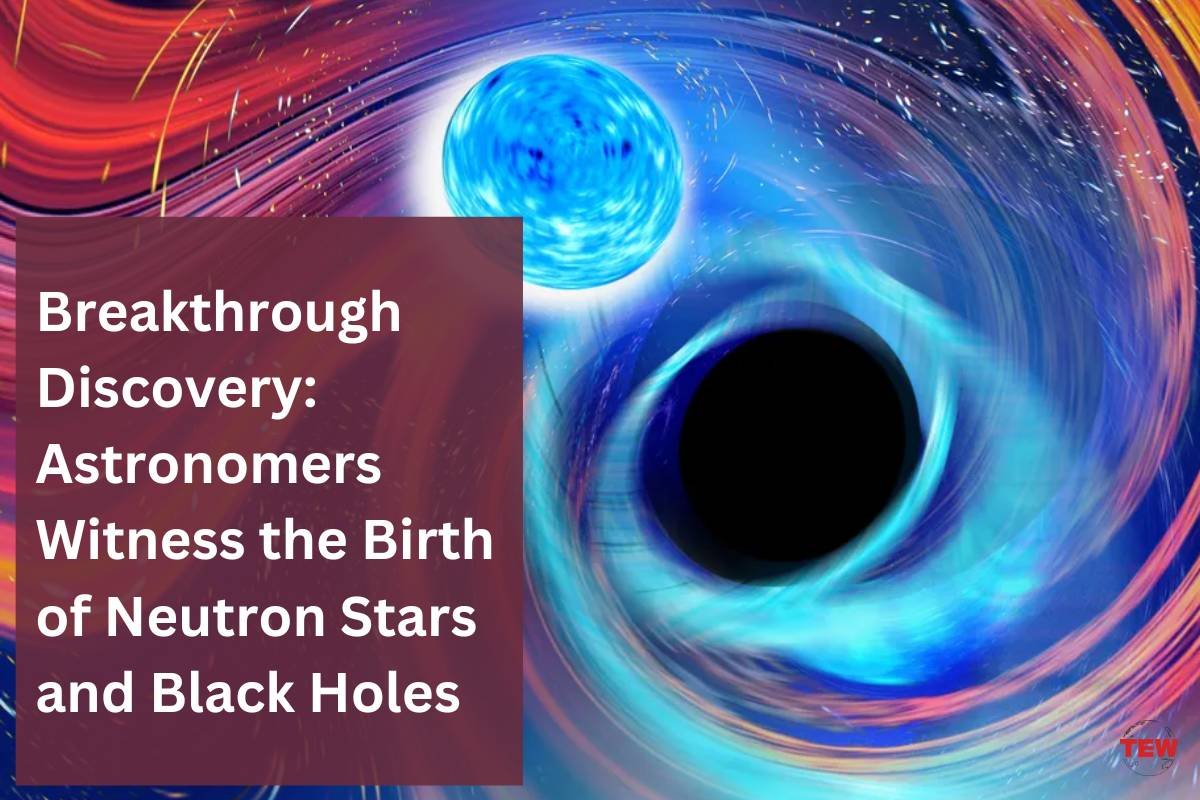(Source – CNET)
In a groundbreaking achievement, astronomers have finally obtained direct observational evidence of the stellar process responsible for the formation of neutron stars and black holes. This significant discovery stems from the observation of a supernova explosion in a neighboring galaxy, where astronomers witnessed the emergence of an object exhibiting the characteristics indicative of these enigmatic compact entities. While the precise identity – neutron star or black hole – remains unclear, the finding conclusively establishes that the core collapse of massive stars results in the creation of the densest objects in the Universe, accompanied by a stunning explosion of stellar material. The processes leading to the formation of stellar-mass neutron stars and black holes are believed to share commonalities.
As stars approach the end of their lifecycle, they deplete the fuel required for sustaining fusion, the process that fuels their luminosity. In the intricate sequence of events that follow, the star expels its outer layers, and the core, no longer upheld by the outward pressure of fusion, undergoes gravitational collapse, transforming into a super-dense object – a phenomenon observed in a spectacular explosion of stellar material. The nature of this resultant object hinges on its mass. Stars smaller than eight solar masses culminate in a white dwarf, representing the anticipated fate of our Sun.
Culminate in the creation of stellar-mass black holes
For stars with masses between approximately 8 and 30 times that of the Sun, the core collapse leads to the formation of a neutron star, with a mass of up to around 2.3 solar masses. The most massive stars, exceeding 30 solar masses, culminate in the creation of stellar-mass black holes.
Until now, our understanding of this intricate process primarily relied on the examination of aftermaths – glimpses of neutron stars in the Milky Way radiating from within the remnants of the supernova explosions that birthed them, exemplified by the renowned Crab Pulsar or the Vela Pulsar, both neutron stars.
However, witnessing a supernova in our Milky Way has proven elusive for centuries, and even if one were observed, the remnants might remain obscured from our view. The closest recent supernova, occurring in the Large Magellanic Cloud in 1987, is shrouded in so much dust that the core remnant, presumed to exist within, is invisible. Additionally, the challenges inherent in observing the aftermath of a supernova millions of light-years away further complicate our understanding.
A front-row seat to the cosmic spectacle of stellar evolution.
Enter Supernova SN 2022jli, discovered last year in the spiral galaxy NGC 157, a mere 75 million light-years away. This unique event immediately captured the attention of scientists due to the limited knowledge surrounding the intricate processes involved. Telescopes were swiftly turned towards NGC 157, allowing astronomers to witness the supernova’s progression – from brightening to peaking and eventually fading – over the ensuing days, weeks, and months.
The observation of SN 2022jli presents an unprecedented opportunity to gain insights into the early stages of the stellar processes leading to the formation of neutron stars and black holes. This groundbreaking discovery marks a crucial step forward in unraveling the mysteries of the cosmos, providing astronomers with a front-row seat to the cosmic spectacle of stellar evolution.
Also Read: Webb Space Telescope Detects Universe’s Oldest Active Supermassive Black Hole





